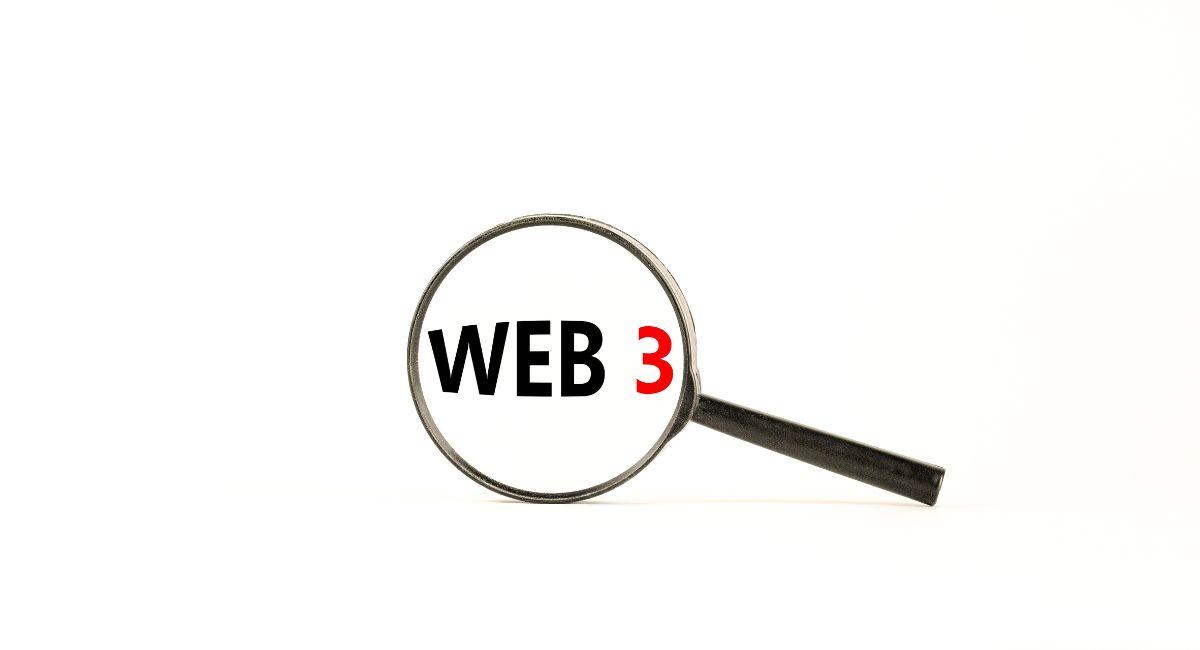Your Guide To Web3 Penetration Testing Also Known As Blockchain Penetration
December 19, 2023 by Diana Ambolis
335
No Comments
Web3 penetration testing, also known as blockchain penetration testing or smart contract security auditing, is a specialized security assessment process focused on identifying and addressing vulnerabilities within decentralized applications (DApps), blockchain networks, and smart contracts that operate within the Web3 ecosystem. Web3, representing the next phase of the internet, is characterized by decentralized protocols, blockchain


Types of Penetration Tests in Web3
Penetration testing, often referred to as ethical hacking, is crucial in assessing the security of Web3 applications, which involve blockchain technology and decentralized systems. Here are various types of penetration tests specifically tailored for Web3 environments:
- Smart Contract Audits:
- Description: This type of penetration test focuses on the security of smart contracts deployed on blockchain networks. Auditors review the code for vulnerabilities and potential exploits.
- Objective: Identify vulnerabilities in smart contracts that could lead to unauthorized access, manipulation, or loss of assets.
- Blockchain Node Security Testing:
- Description: Penetration testing is conducted on nodes within the blockchain network to ensure their security. This includes validating the configuration, checking for vulnerabilities, and assessing access controls.
- Objective: Identify weaknesses in blockchain node setups that could be exploited to compromise the overall network.
- Consensus Mechanism Testing:
- Description: Evaluate the security of the consensus mechanism employed by the blockchain network, whether it’s Proof of Work (PoW), Proof of Stake (PoS), or another consensus algorithm.
- Objective: Assess the resilience of the consensus mechanism against attacks and ensure the integrity and security of the network.
- Token Security Testing:
- Description: Assess the security of tokens created and managed on the blockchain. This includes fungible and non-fungible tokens (NFTs).
- Objective: Identify vulnerabilities in token contracts that could result in unauthorized token transfers, duplication, or other exploits.
- Decentralized Application (DApp) Security Testing:
- Description: Evaluate the security of decentralized applications built on blockchain platforms. This involves assessing the frontend, backend, and smart contract components.
- Objective: Identify vulnerabilities that could lead to unauthorized access, data manipulation, or other security breaches in DApps.
- Oracle Security Testing:
- Description: Assess the security of oracles that provide external data to smart contracts. Oracles are crucial in decentralized systems, and their compromise can lead to inaccurate smart contract executions.
- Objective: Identify vulnerabilities in oracles that could be exploited to manipulate data fed into smart contracts.
- Wallet Security Testing:
- Description: Evaluate the security of cryptocurrency wallets, both hardware and software, used in Web3 environments. This includes assessing private key management and encryption.
- Objective: Identify vulnerabilities in wallets that could lead to unauthorized access and theft of digital assets.
- Interoperability Testing:
- Description: Test the security of interactions between different blockchain networks and protocols.
- Objective: Identify vulnerabilities in cross-chain communication and interoperability, ensuring secure data and asset transfers between disparate blockchain systems.
- Governance and Consensus Participation Testing:
- Description: Assess the security of governance mechanisms and the process by which participants engage in consensus decisions.
- Objective: Identify vulnerabilities that could lead to governance manipulation or unauthorized influence over the consensus process.
- Privacy and Anonymity Testing:
- Description: Evaluate the privacy features of blockchain networks, especially those designed for enhanced privacy and anonymity.
- Objective: Identify weaknesses in privacy protocols that could compromise user identities or transaction details.
Conducting a comprehensive set of penetration tests tailored for Web3 environments is essential to ensuring the robust security of decentralized systems and blockchain applications.





























































